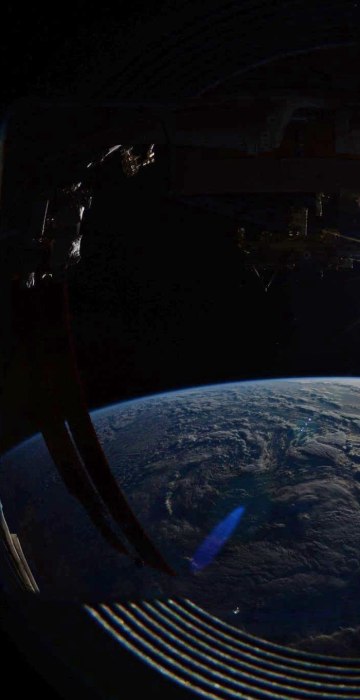
Space
Month in Space Pictures: Marvelling at the Eclipse, Harvey from Orbit and More
The moon's shadow crosses the United States, a child experiences weightlessness and more of the best space images of August 2017.
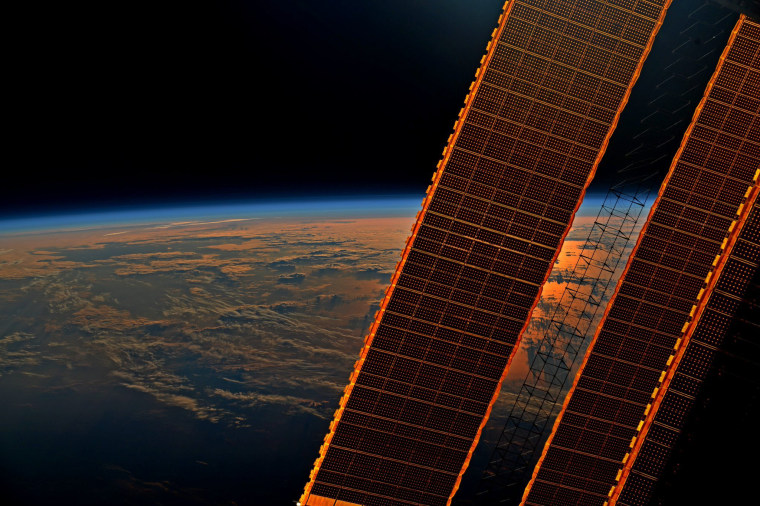
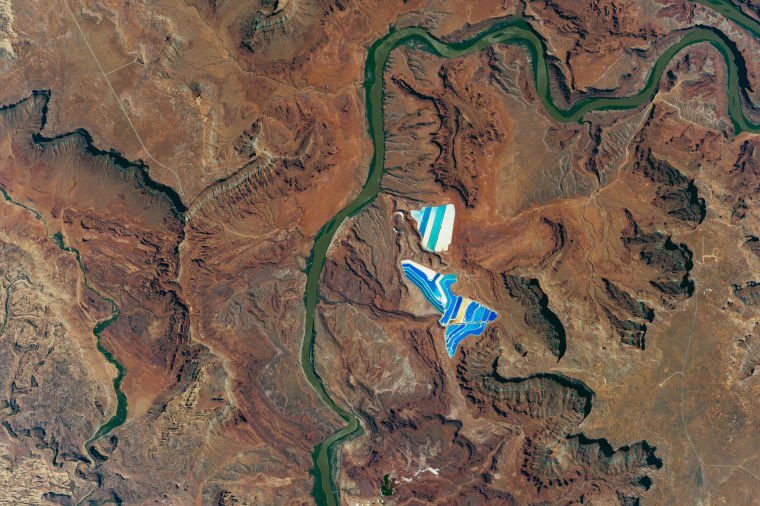
Desert Ponds
Colorful solar evaporation ponds stand out against the desert landscape outside the city of Moab, Utah, as photographed from the space station.
The 23 colorful ponds spread across 400 acres are part of an operation to mine potassium chloride for fertilizer. Each pond color indicates a different state of evaporation. Image released on Aug. 14.
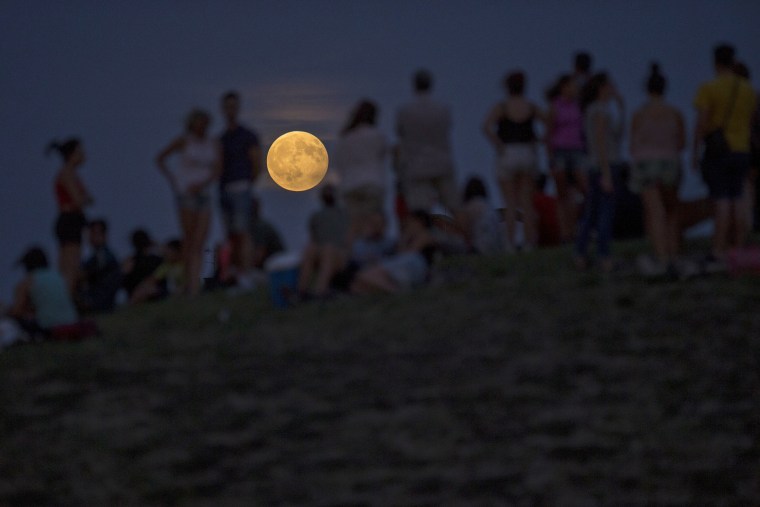
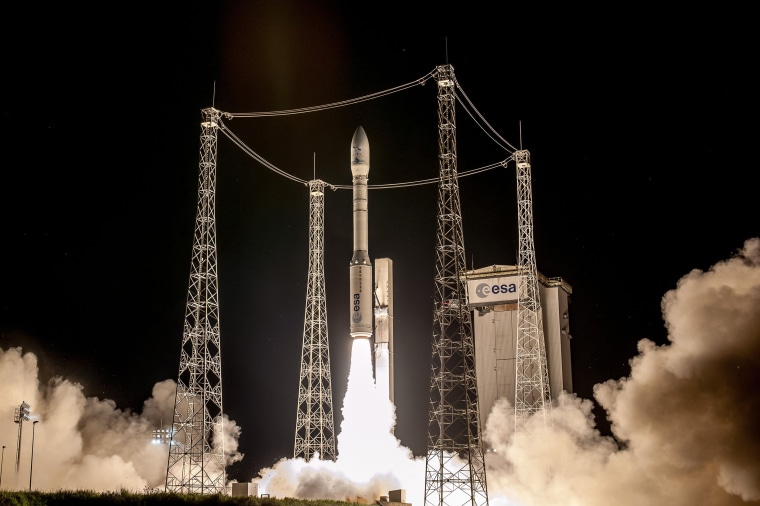
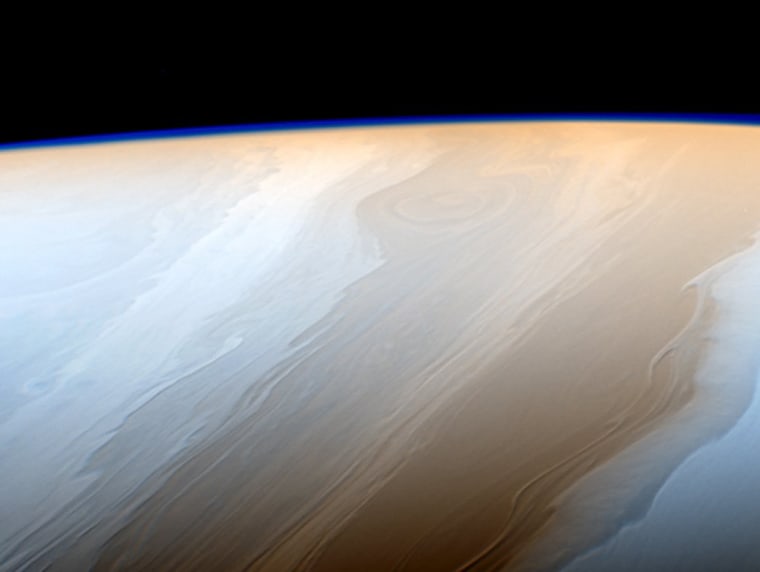
Waves on Saturn
Clouds on Saturn take on the appearance of strokes from a cosmic brush thanks to the wavy way that fluids interact in Saturn's atmosphere in this image released on Aug. 14.
Neighboring bands of clouds move at different speeds and directions depending on their latitudes. This generates turbulence where bands meet and leads to the wavy structure along the interfaces.
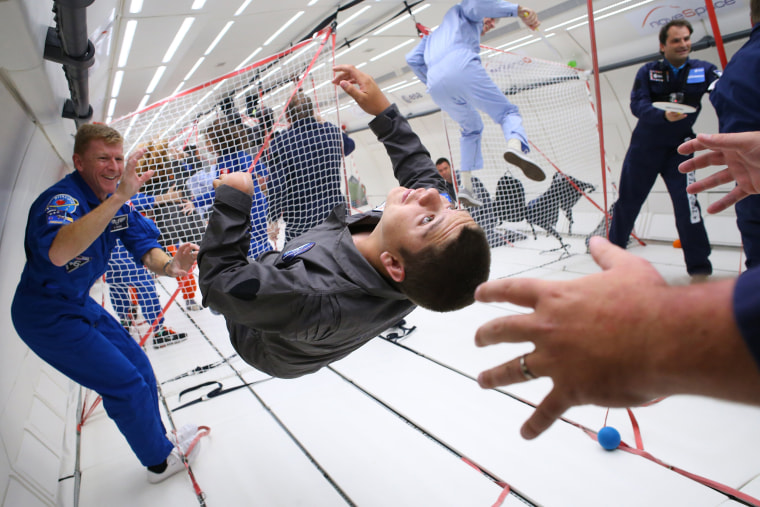
A Chance to Float
British astronaut Tim Peake, left, looks on as a child experiences weightlessness during a parabolic flight on an Airbus A310 on Aug. 24.
Eight children with disabilities from five European Space Agency member states boarded the plane in Bordeaux, France. The parabolic flight path of the plane produce short periods of weightlessness, followed by brief stints of hypergravity, analogous to what happens during a roller coaster ride or a fast elevator descent.
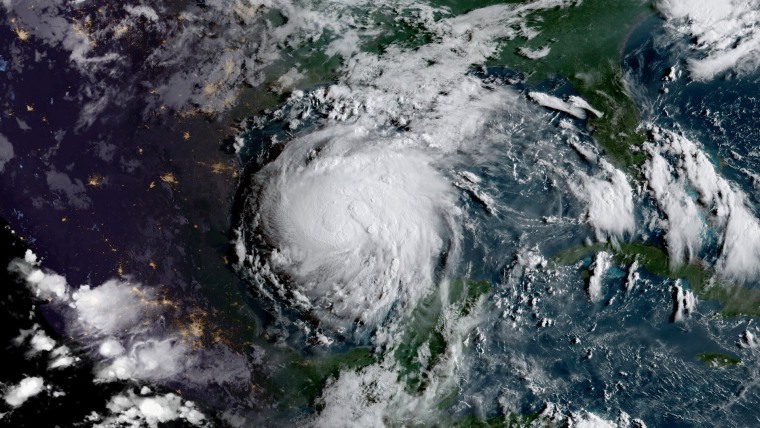
Monster Storm
Tropical Storm Harvey churns in the Gulf of Mexico on Aug. 24 in this satellite image.
With its relentless rain and refusal to go away -- having already made three landfalls -- Harvey may end up being one of the costliest natural disasters in U.S. history.
PHOTOS: Aerials Show Widespread Flooding Across Houston Area
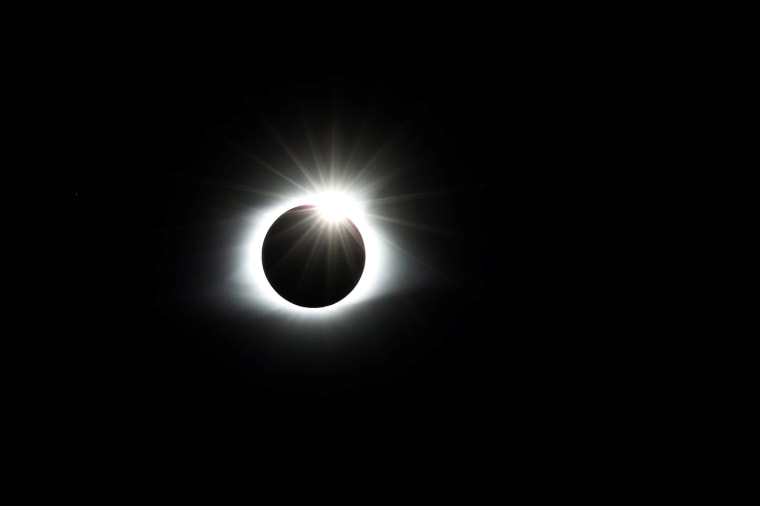

Wide-Eyed Wonder
Spectators marvel at the total eclipse in the football stadium at Southern Illinois University in Carbondale, Illinois, on Aug. 21.
Americans from coast to coast donned protective glasses and gazed in awe at the first total solar eclipse to cross the nation since 1918.
PHOTOS: Americans Look to the Skies (With Glasses!) for Solar Eclipse
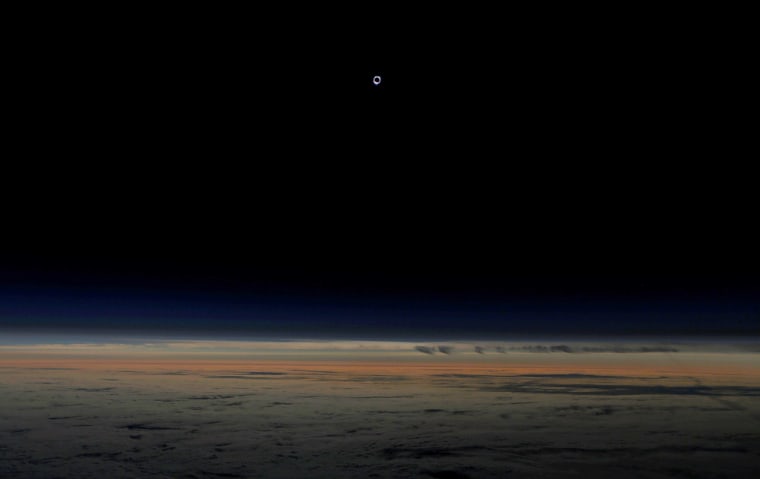
First Look
The sun is obscured by the moon during a solar eclipse as seen from an Alaska Airlines commercial jet at 40,000 feet above the Pacific Ocean.
The dawn Alaska Airlines flight took scientists, journalists and a handful of online contest winners from Portland, Oregon, two hours out over the Pacific Ocean to intercept the eclipse before it reached North America.
Related: Plane Full of Scientists Get Earth’s First Glimpse of Eclipse
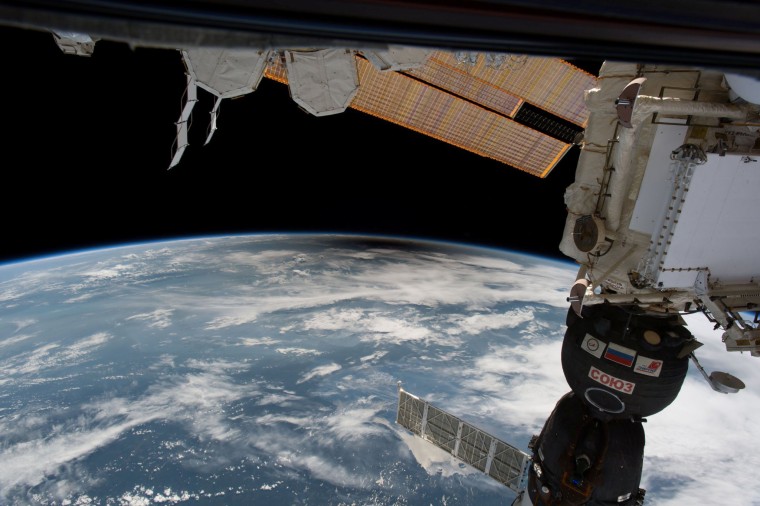
Moon Shadow
The umbra, the moon's shadow, crosses the United States as seen from the space station on Aug. 21. The station crossed the path of the eclipse three times as it orbited 250 miles above the Earth.
The total solar eclipse moved across the country at 1,500 miles per hour, passing through twelve states.
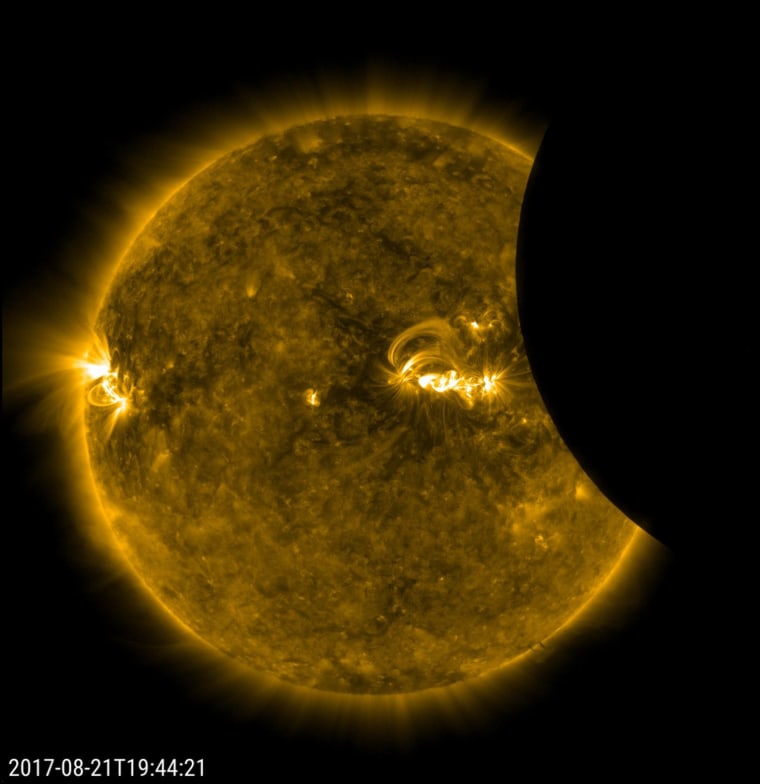
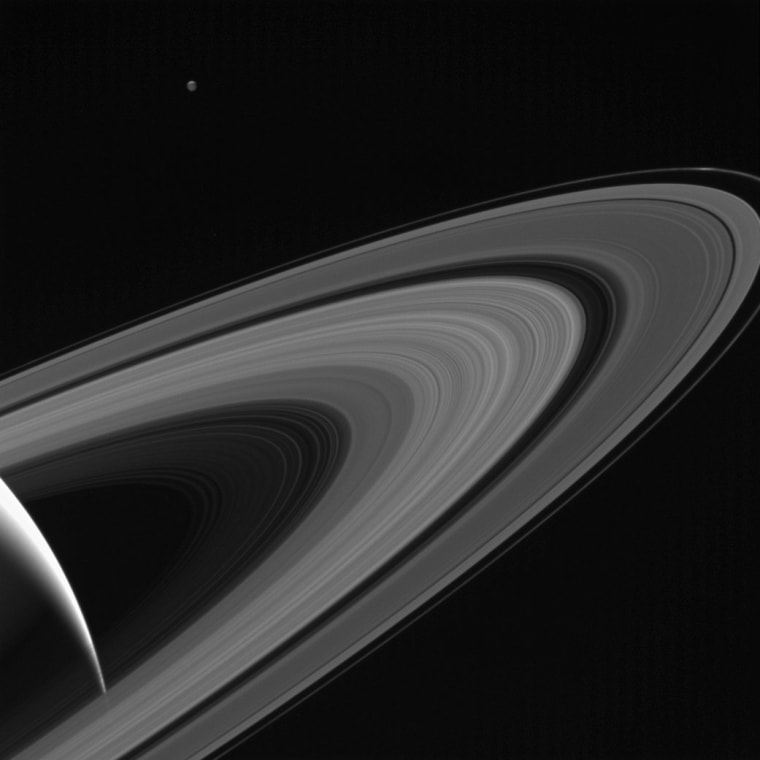
Saturnshine
The icy moon Tethys is illuminated by Saturnshine, or sunlight reflected by the planet, in this image captured by the Cassini spacecraft. Tethys was brightened by a factor of two in this image to increase its visibility. The view was acquired at a distance of approximately 750,000 miles from Saturn and released on Aug. 21.
For over a decade, Cassini has been sending us captivating images of Saturn, its mysterious rings, and its family of icy moons. Cassini will end its mission in September 2017, plunging into Saturn while fighting to keep its antenna pointed at Earth as it transmits its farewell.
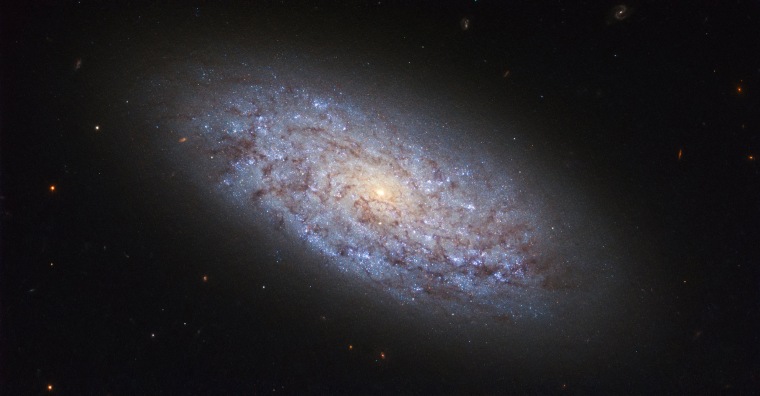
Dwarf Galaxy
The Hubble Space Telescope captured this image of NGC 5949 some 44 million light years away. Despite its small proportions -- its mass is about a hundredth that of the Milky Way -- NGC 5949's proximity in our cosmic neighborhood has meant that its light can be picked up by fairly small telescopes. It was discovered by the astronomer William Herschel in 1801.
Image released on Aug. 11.

Titan's Haze
NASA's Cassini spacecraft looks toward the night side of Saturn's moon Titan in a view that highlights the extended, hazy nature of the moon's atmosphere.
During its long mission at Saturn, Cassini has frequently observed Titan at viewing angles like this, where the atmosphere is backlit by the Sun, in order to make visible the structure of the hazes.
Image released on Aug. 14.

Starburst
NASA astronaut Jack Fischer tweeted this photo of the sun through a window on the space station on Aug. 9, writing "Tried a new lens and snapped a lucky pic as the sun ducked behind International Space Station."